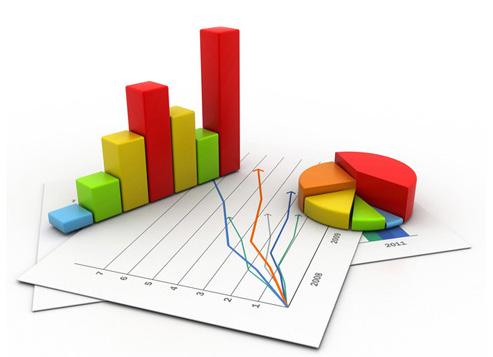
4 minute read
Bonneville Power Administration
Have you ever seen a marshy area near a river or ocean and wondered what it was? There’s more to this habitat than meets the eye. Roaring rivers and the mighty Pacific Ocean probably spring to mind when you think of the lifecycles of Northwest fish and wildlife. But plenty of fish, like endangered salmon and steelhead, and many species of birds and other animals rely on wetlands and their interconnected habitats for survival.
With its many environmental partners, the Bonneville Power Administration celebrates World Wetlands Day each year to help raise awareness about the vital role of wetlands for people, our region and the planet. The day marks the 1971 adoption of the Convention on Wetlands in Ramsar, Iran, on the shores of the Caspian Sea.
Advertisement
Wetlands are areas where water covers the soil or is present near the surface of the ground, either seasonally or all year. They often provide critical habitat for young salmon to eat, grow and get protection from seasonal high water events and predators as they journey to the ocean. If you like Northwest salmon, thank a wetland.
In addition to providing habitat and a food source for fish and wildlife, wetlands also: • Stabilize shorelines. • Filter and purify water. • Recharge ground water.
BPA HELPS RESTORE AND PROTECT COLUMBIA RIVER BASIN WETLANDS
Bulldozers enter the Steigerwald National Wildlife Refuge embarking on a fish habitat restoration project. The effort supported by BPA will reconnect 960 acres of wetlands that have been cut off from the Columbia River for generations.
• Cool water temperatures. • Store water and provide flood protection.
As part of its mitigation efforts for the construction and operation of Columbia and Snake river dams, BPA, with federal, state, tribal and other partners, has improved thousands of acres of fish and wildlife habitat along Northwest rivers and their tributaries.
Examples of some of the work funded by BPA ratepayers include the removal of an old water-control structure on Government Island to reconnect 289 acres of floodplain and marshland to help young salmon and steelhead. Check out Government Island and another smaller restoration project in the Columbia River estuary near Portland, Oregon. Near Astoria, Oregon, Northwest utility ratepayers helped purchase land that farmers had diked and separated from the Wallooskee and Youngs rivers decades ago. In partnership with the Cowlitz Indian Tribe, Northwest utility ratepayers paid to breach the dike, allowing hundreds of acres to flood twice a day with the rise and fall of ocean tides. The reactivation of hundreds of acres of flood plain is bringing great benefits to young salmon, steelhead and other species of fish and wildlife.
Read more about the Steigerwald restoration project pictured above. It is BPA’s largest fish and wildlife habitat restoration effort in the lower Columbia River estuary.
Read more at: www.bpa.gov

U.S. DOT/MARAD: PRACTICING A DATA-DRIVEN MISSION IN SUPPORT OF WATERBORNE TRANSPORTATION
By Stephanie Prybyl, Business Oregon
ABOUT U.S. DOT:
The Maritime Administration (MARAD), within the U.S. Department of Transportation (U.S. DOT), is responsible for America’s waterborne transportation system. This federal agency has long recognized the importance of the U.S. Merchant Marine – the dynamic work of commercial mariners, vessels and intermodal facilities is self-reinforcing and foundational to the quality of life in the Pacific Northwest. Improved waterborne infrastructure offers access to global markets, relieves congestion, maintains jobs and plays a critical role in energy independence.
MARAD furthers the use of waterborne transportation by coordinating with valued stakeholders to ensure that infrastructure is integrated seamlessly within the freight network. This means the agency supports the technical aspects of maritime transportation infrastructure, including ships and shipping, ports and vessel operations, national security, environment and safety.
A DATA-DRIVEN MISSION:
MARAD’s Office of Policy and Plans demonstrates the agency’s commitment to driving its mission by way of data. The Office publishes statistical and economic analyses and reports on a variety of maritime transportation topics. The Office regularly tracks the number of large, self-propelled, ocean-going ships registered under U.S. flag, and other statistics on U.S.-international trade and vessel activity at U.S. ports. MARAD uses this data to monitor the performance of its programs and to ascertain the effectiveness of meeting mission requirements.
The work of this Office compliments the work of the U.S .DOT Bureau of Transportation Statics (BTS). The Bureau promotes innovative methods of data collection, analysis, visualization, and dissemination to improve operational efficiency, to examine emerging topics, and to create relevant and timely information products that foster understanding of transportation. US DOT is a preeminent source of statistics on commercial aviation, multimodal freight activity, and transportation economics. Databases housed on its website(s) are accessible to policymakers and the public alike, sorted by topic, statistical analyses and even the National Transportation Library.











